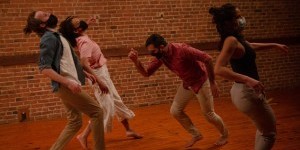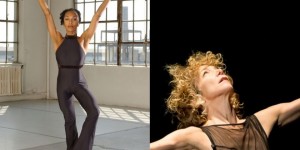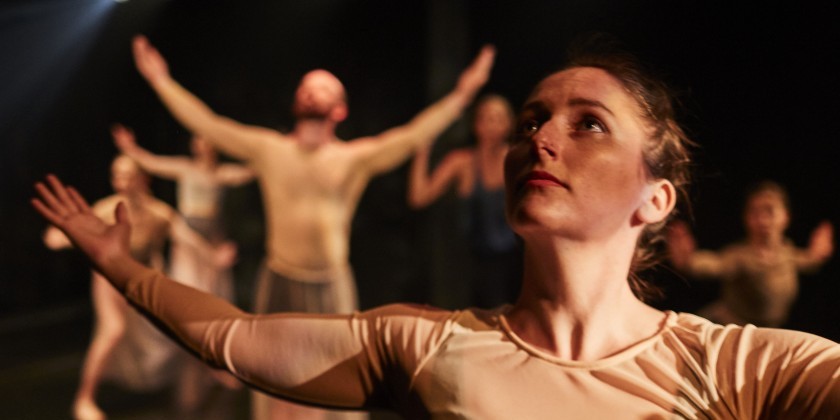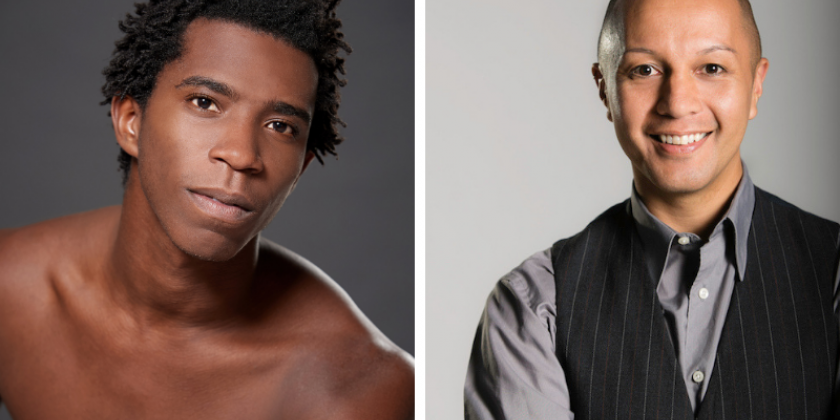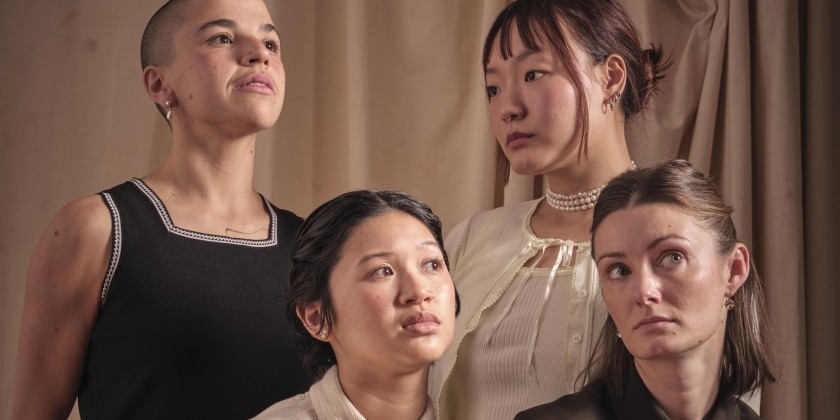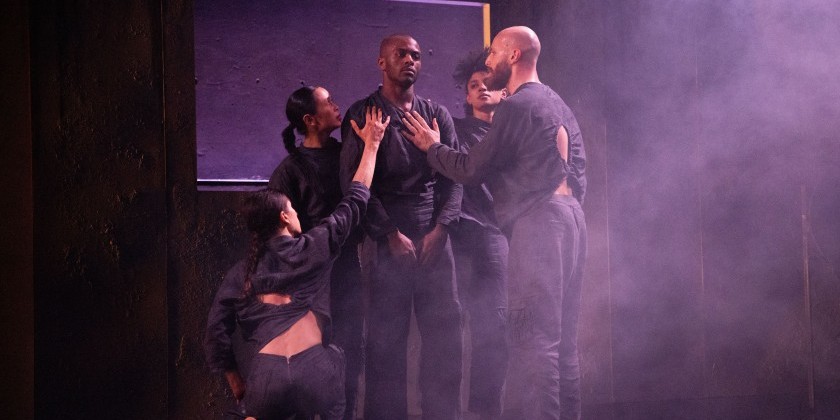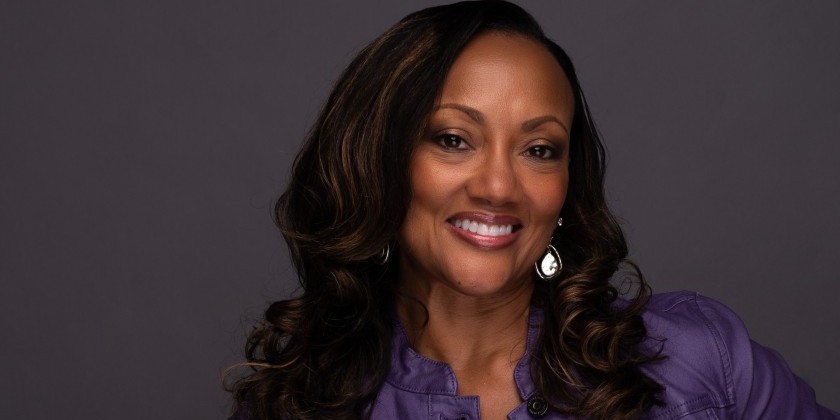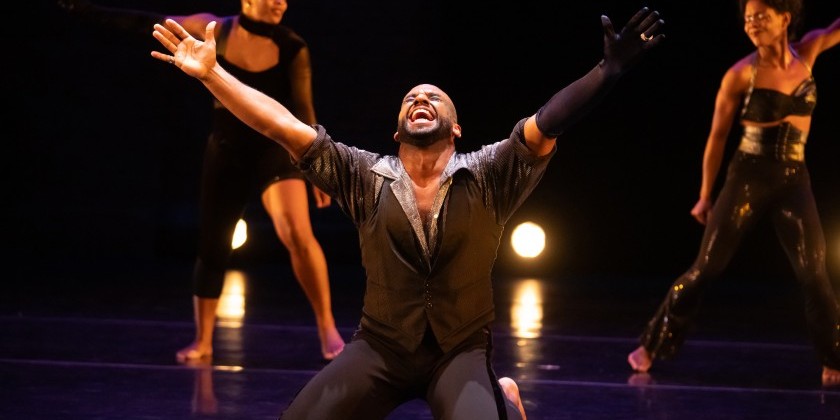One Day Dance Finds Freedom within Structure
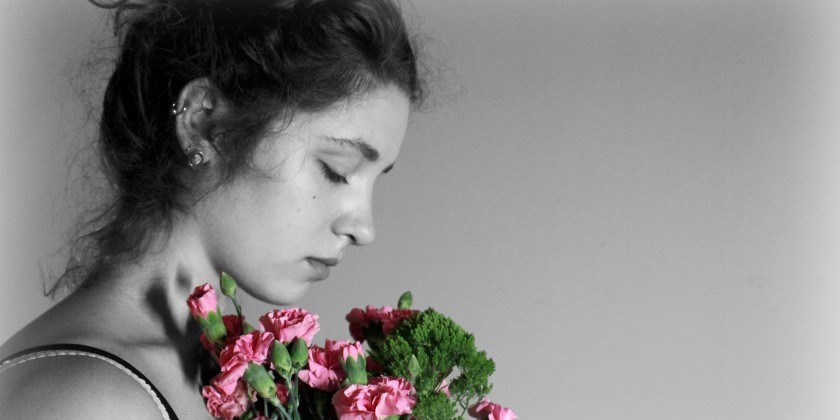
Director and Producer: Joseph Heitman
Choreographers: Mari Meade, Peter Cheng, Joe Monteleone, Alexis Robbins, Kelly Todd, Kelly Ireland, Cameron McKinney, Corinne Shearer, Joseph Heitman
Dancers: Cassandra Stern, Dana Mazurowski, Eduardo Brito, Kelsey Burns, Mackenzie Strom, Sarah Gottfried
Making a one-hour dance film in 24 hours, which adds up to 216 hours for 9 films, sounds like a nearly impossible feat, but that’s One Day Dance’s mission. The company, which also produces live shows, splits the aspects of film production — rehearsal, filming, and editing — into non-consecutive blocks that add up to 24 hours.
Artistic Director and filmmaker Joseph Heitman finds freedom in restriction. “We discover what we are truly made of as artists when pressure is applied. The unfiltered results are authentic and highlight the unique prowess of each choreographer.” In his second season, Heitman tackled his most ambitious project yet. He produced the work of nine choreographers and assimilated their films into one seamless whole. After the premiere at Arts on Site on October 20, 2019, I caught up with some of the collaborators to get their perspectives.

For Kelly Todd, the limitations acted as a catalyst for creativity. “This process was minimal in terms of equipment and time, which allowed choices to not be so precious,” she said
Artists, however, were not confined in the development of their concept. Corinne Shearer’s The Counter explored how reactions can change in intimate as opposed to public spaces. “I wanted to force this friction by creating a tense, disconnected duet in an interior space and pair it with a contact-based, explosive duet in a large outdoor space.” Cameron McKinney placed his Hitoribocchi in a cramped office to give it the feeling of an asylum. Dancer Kelsey Burns pushes against walls, spiraling and twining around herself. She sinks to the floor like a discarded sheet to emphasize “the idea of someone who feels trapped by her desire to succeed and also by her hesitancy to go beyond the spaces she knows.”
Many participants saw this constraint as an opportunity to think practically. Shearer fashioned a duet for Sarah Gottfried and Eduardo Brito, generating material quickly, which left time for filming and editing. Kelly Todd's 3Am, a melancholy piece about remembering a past love, takes place on a bed. In soft amber light, Gottfried reaches, drops, and lingers in stretches before giving into heaviness.

The brief timeframe wasn’t the only limitation. Each choreographer started his or her piece with the ending scene of the previous film. This crafted a through-line that connected all nine films. At the end of Peter Cheng’s Room 1-44, Gottfried opens a book with a tic-tac-toe board drawn on its final page. As the book fades to white, the opening of Joe Monteleone’s Spell Decay comes into view, displaying a life-sized board at a Manhattan playground showing the same pattern. At the end of Hitoribocchi, Burns curls, resigned and defeated, into a fetal position. The very next image is of dancer Mackenzie Strom in the same position on the grass, waking up to sunshine on her face. “It made the journey of the work feel like it continued past the 24 hours I was given,” said McKinney, “and I didn't know exactly how the journey of my work had begun or how it would end.”
One Day Dance employs six dancers, and each dancer has an equal voice in the selection process. “Some of the submission videos were of dance on a proscenium stage or in a studio,” said performer Cassandra Stern. “We had to look at the choreography through a different lens. How can this be adapted for the screen? Are there opportunities within the movement to experiment with perspective or angles of the camera?” Gottfried said about the dancing experience, “It was a whirlwind in the best way possible! As soon as one thing became comfortable, it ended and we were onto the next.”

By employing multiple camera angles, focusing in on specific parts of the body, or in the case of Shearer’s film, using a drone, choreographers working in film can tell their story in ways they can’t on a proscenium stage. “You're able to keep going back to perfect the same moment and truly choose everything the audience sees,” says Robbins.
For information about One Day Dance season 3 applications or to watch season 2 online, starting January 5, 2020, go HERE.






